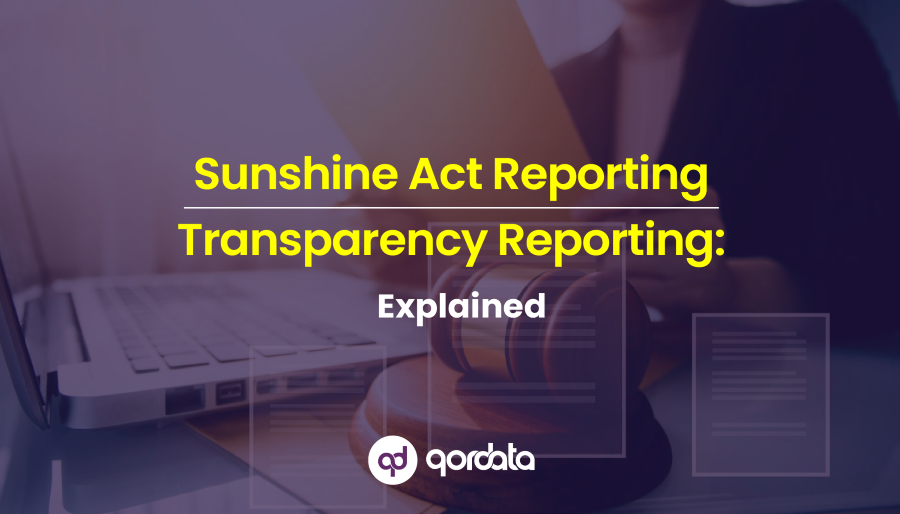Table of Contents
ToggleWhen you take a deep dive into compliance to identify what makes compliance complex, you discover that among siloed processes, dispersed data sources, and manually managing compliance without a data-driven compliance platform, not understanding compliance at its core seems to be the parent cause of experiencing complexity in compliance.
Companies and compliance professionals have been managing compliance exceptionally well without experiencing challenges in abiding by the rules and regulations enacted by the government, meeting company objectives, and ensuring a positive compliance culture.
All of this comes with an in-depth understanding of compliance government’s expectations and leveraging data-driven compliance solutions to drive compliance in the right direction while analyzing data to uncover valuable insights.
Today, in this article, we’ll shed light on how compliance professionals can build effective and efficient compliance programs; what is effectiveness? What is a compliance maturity model, and where to start?
Components of An Effective Compliance Program
It’s an understood fact that Life Sciences compliance requirements are subject to change. This makes it imperative for compliance professionals to shape course (approach) according to the latest compliance requirements. Frequent changes to the rules and regulations add more complexity to compliance and make it crucial for compliance teams to keep up with the most current rules and regulations to ensure compliance at all levels. Breaking silos and building a culture of compliance, collaboration, and effective communication is another high priority for Life Sciences and pharmaceutical companies.
However, here are a few imperative focus items that compliance professionals should keep in mind while building compliance programs:
-
Monitoring business activities as they’re taking place is crucial to ensure that expected outcomes are produced
-
Identify and address unmanaged and unmitigated risks
-
Understand business and government expectations
-
Know that a lack of resources can compromise an effective approach to compliance
But what does “effectiveness” mean?
Effectiveness is the achievement of success in producing a desired or intended result. However, for a compliance program, the effectiveness depends on changes concerning the entity you’re referring to.
For instance:
-
Effective compliance from the government’s perspective is being able to abide by the laws or not defraud or waste taxpayers’ money.
-
From the business’s perspective, executing strategies and meeting sales targets is considered effective.
-
From a compliance perspective, creating a positive compliance culture and training employees to take ownership is what being effective is all about.
Where to Start?
Compliance professionals have tremendous difficulty defining effectiveness and success, but herein lies the dilemma. What approach needs to be followed to achieve success in compliance? Start with identifying your compliance maturity model.
Even if your compliance maturity model is immature, you can gradually piece it all together, integrate the necessary components into it, and eventually reach a point where the model is established. Some departments may have a more development compliance maturity model than others, which is fine. The maturity model is like a curve where you start immature and achieve reasonable maturity after a while. Once you’ve defined where you can reasonably get with the current state of departments collectively helping you, figuring out what must be done to take your compliance maturity model to the next stage will become significantly easier. Furthermore, here are a few points to remember before starting:
-
Know that the organization and its employees own “compliance.”
-
Where is your program on the Compliance Maturity Model?
-
Identify a level of maturation that can be reasonably attained
-
Define what must be done to reach the next stage
-
Execute, evaluate, and repeat
To Conclude
Compliance has become a challenge for organizations and compliance professionals. However, the complexity can be reduced with an in-depth understanding of compliance, leveraging a data-driven approach, and identifying what needs to be done to reach an optimal level of compliance. Another highly effective way to ensure compliance is constantly staying updated on the latest requirements and monitoring compliance by leveraging a data-driven solution.
Developers of automated compliance platforms ensure that their product is always on par with the latest rules and regulations enacted by the HHS-OIG, enabling compliance departments to identify deviations or risks as per the latest requirements.
Compliance monitoring would be more effective when your compliance maturity model is established. You’ll be able to manage monitoring activities, including live, virtual, or hybrid, through compliance software, identify risks quickly, and mitigate them promptly.
In the end, operating proactively for the level of your program’s maturity to foster a culture of compliance is the way forward, and it’s okay to have different levels of maturity for different areas.
Related Article:



